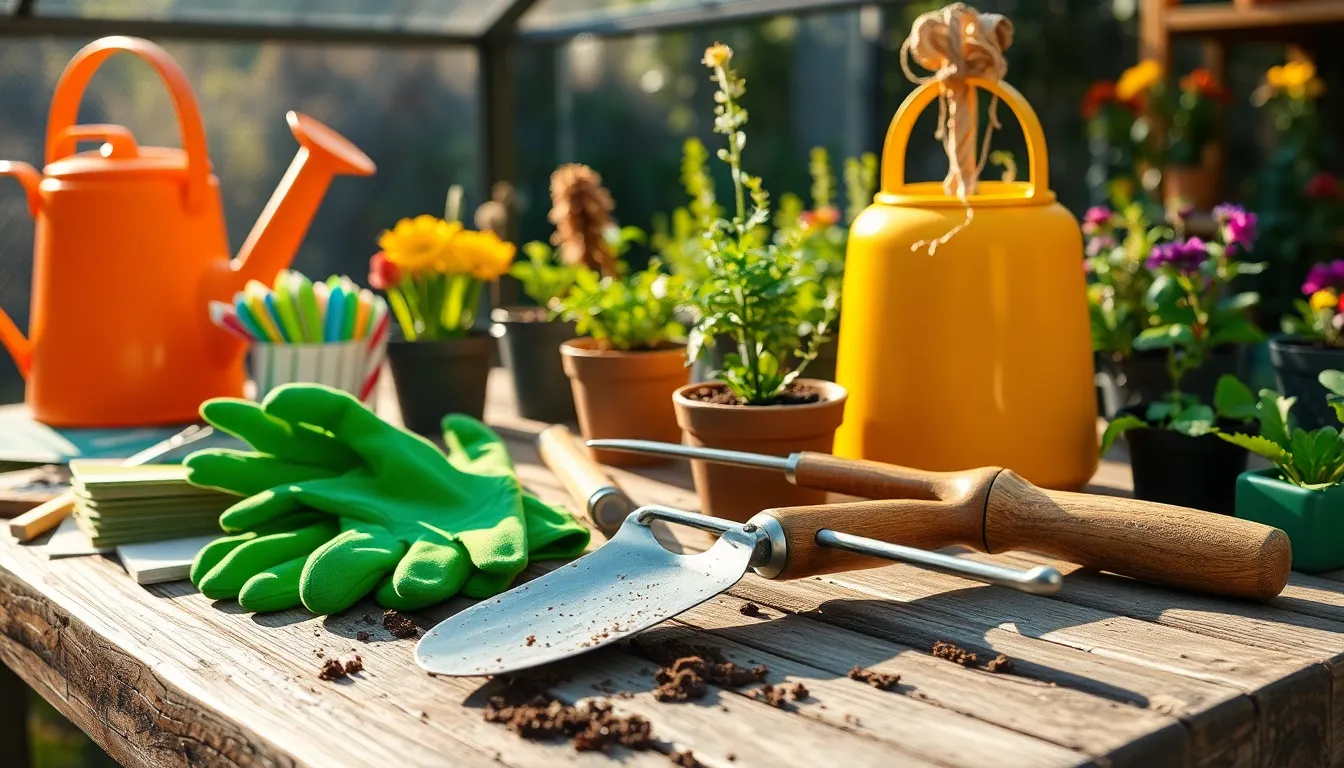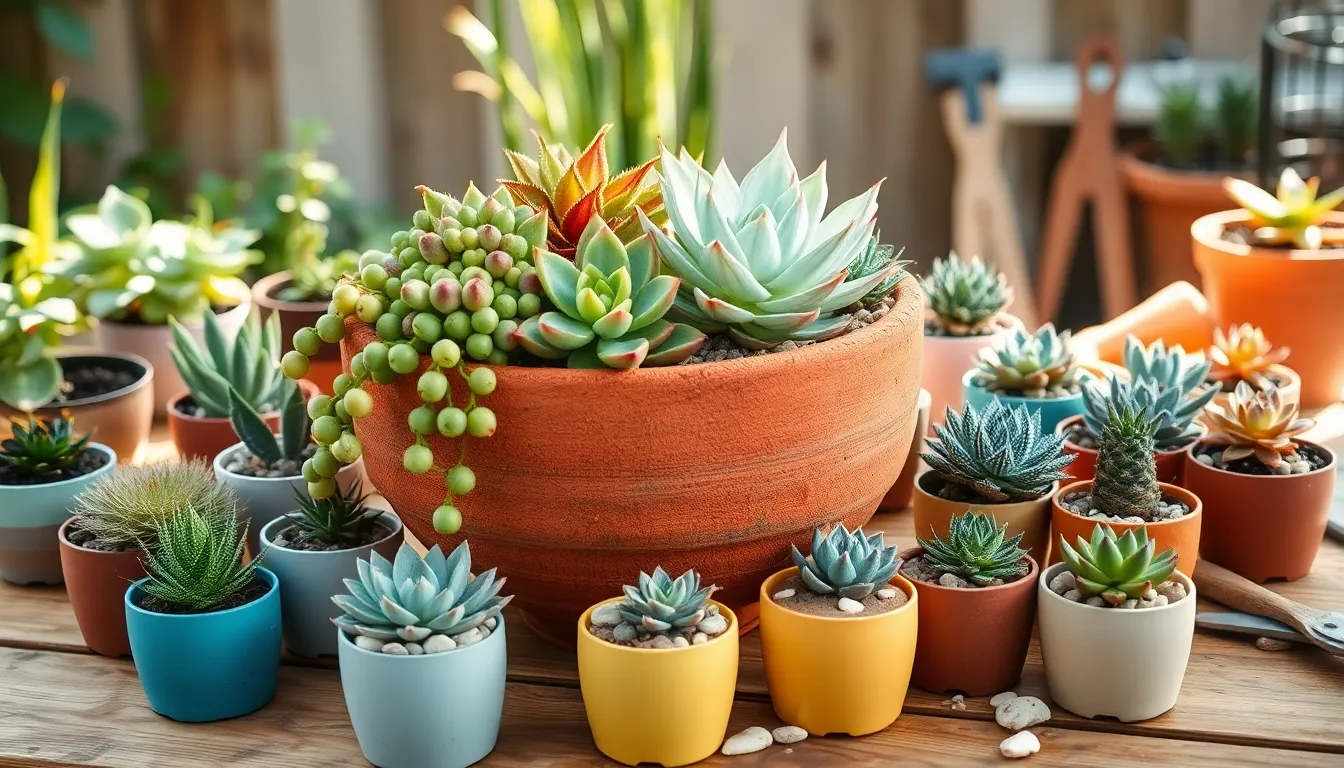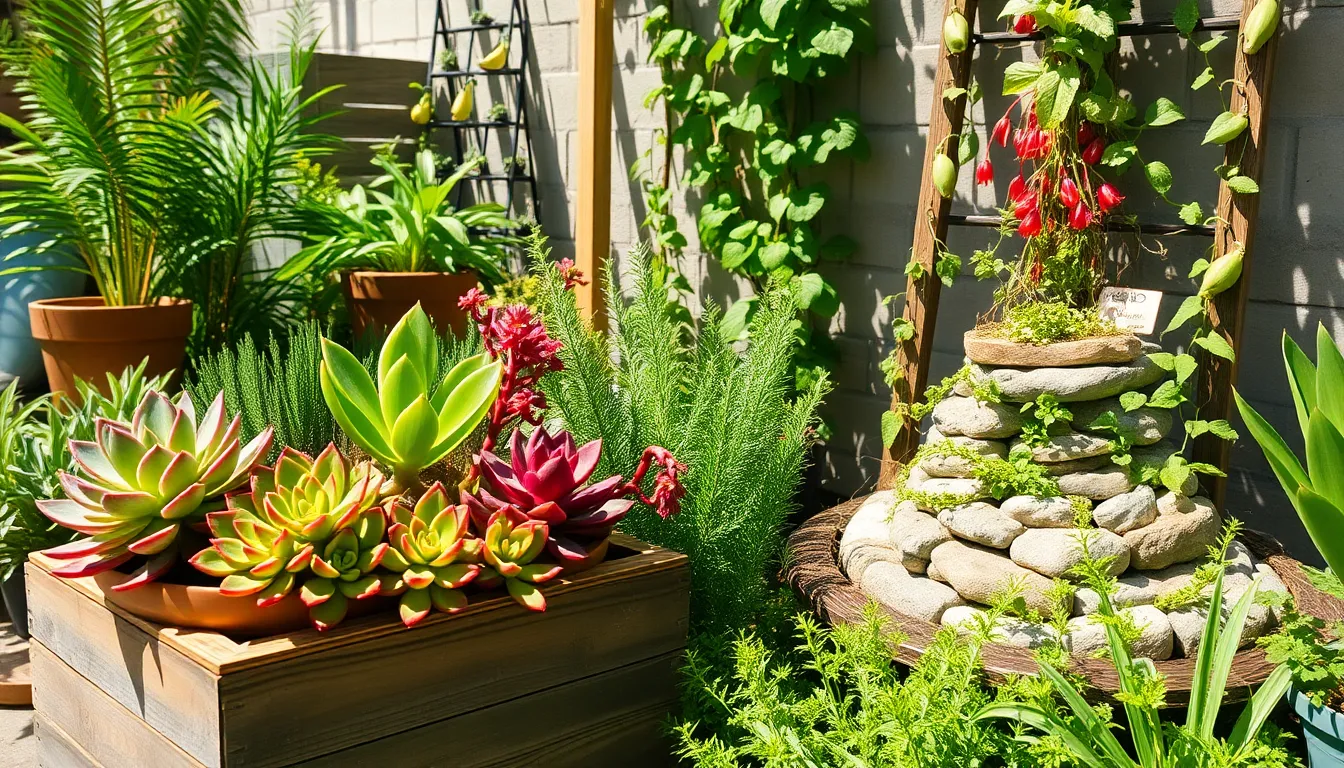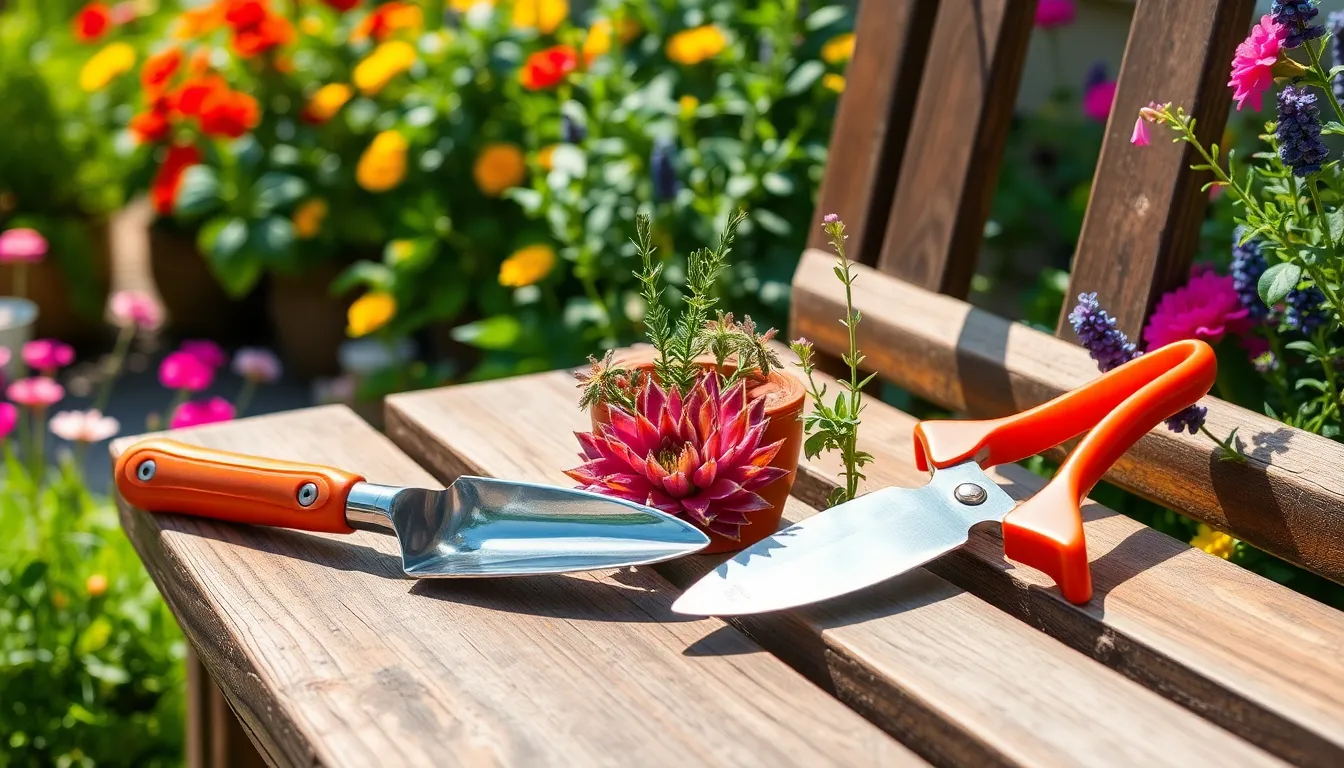Gardening is more than a hobby; it’s a journey of growth and discovery, where even the simplest tools can transform a patch of earth into a vibrant sanctuary. Whether you’re a budding gardener just starting to plant your first seeds or a seasoned horticulturist with years of experience, having the right tools at your fingertips can make all the difference. In the world of gardening, the right set of tools is akin to having a reliable friend by your side, offering support and making every task more manageable and enjoyable.
In this article, we’ll delve into the essential outdoor gardening tools that every beginner should have in their toolkit, and we’ll also touch upon a few advanced options for our more experienced green thumbs. From versatile trowels to sturdy pruners, each tool serves a unique purpose and brings you one step closer to a thriving garden. You’ll discover not only what tools to invest in but also gain insights into their practical applications, ensuring that your gardening endeavors are both fruitful and fulfilling. Whether you’re nurturing a small balcony garden or a sprawling backyard oasis, these tools will empower you to cultivate your plants with confidence and care.
Essential Hand Tools for Starters
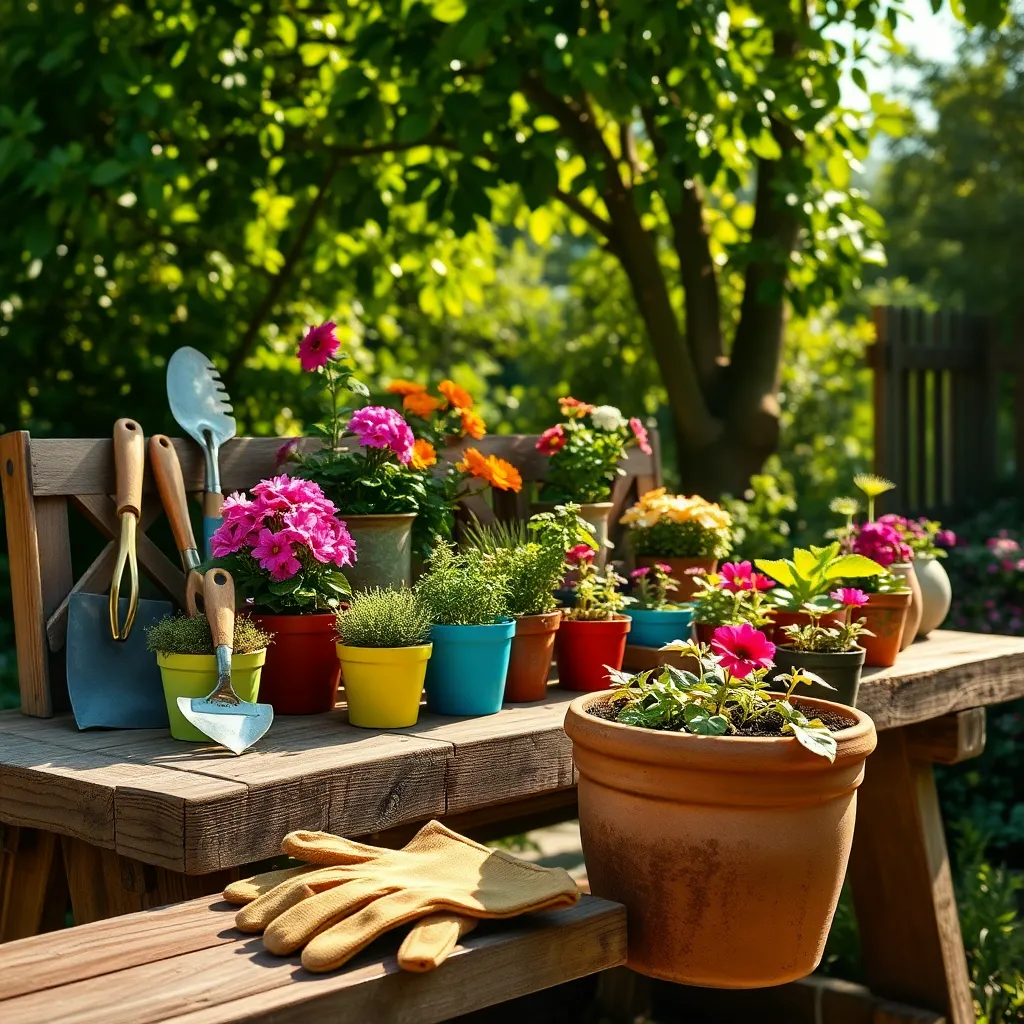
Starting your gardening journey with the right tools can make all the difference. The first tool every beginner should have is a pair of quality hand pruners, which are essential for trimming plants and encouraging healthy growth.
Hand trowels are another must-have; they are perfect for planting small plants, bulbs, and seedlings. Choose one with a comfortable grip and a sturdy, rust-resistant blade to ensure it lasts through many gardening seasons.
Additionally, a garden fork is invaluable for breaking up soil and aerating it, which helps roots grow deeper and stronger. Look for a fork with strong, pointed tines that can easily penetrate even compacted soil.
Don’t forget about a watering can with a detachable rose for both gentle watering and more focused delivery. Consistent watering is crucial for plant health, and using a watering can helps you control the amount of water each plant receives.
Finally, consider investing in a kneeling pad to protect your knees while working close to the ground. Gardening involves a lot of bending, and a comfortable pad can make extended sessions much more enjoyable and reduce strain on your body.
Choosing the Right Gardening Gloves
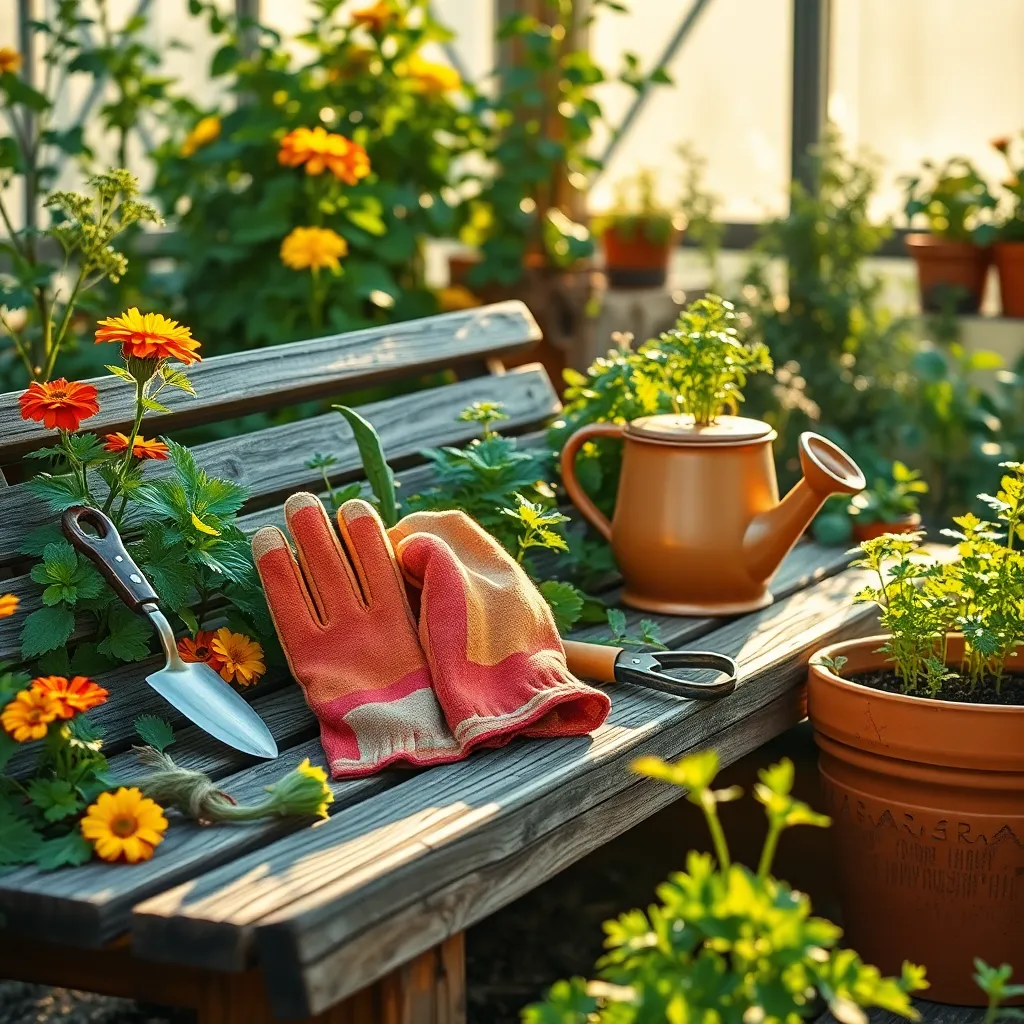
When selecting gardening gloves, it’s crucial to consider the types of tasks you’ll be performing. For basic tasks like planting and watering, lightweight gloves made from breathable materials like cotton are often sufficient as they offer comfort and flexibility.
Durability is key for more intensive tasks such as pruning or handling thorny plants. In such cases, choose gloves made from leather or synthetic materials that resist punctures and provide better protection.
A snug fit is another important aspect when choosing gardening gloves. Ill-fitting gloves can lead to discomfort and reduced dexterity, so it’s advisable to try on different sizes and styles to find what fits best.
Advanced gardeners might benefit from gloves with additional features like reinforced fingertips and padded palms, which offer extra durability and comfort. These enhancements can be particularly useful for heavy-duty work, ensuring that your hands remain protected during prolonged gardening sessions.
Understanding Pruning Tools and Uses
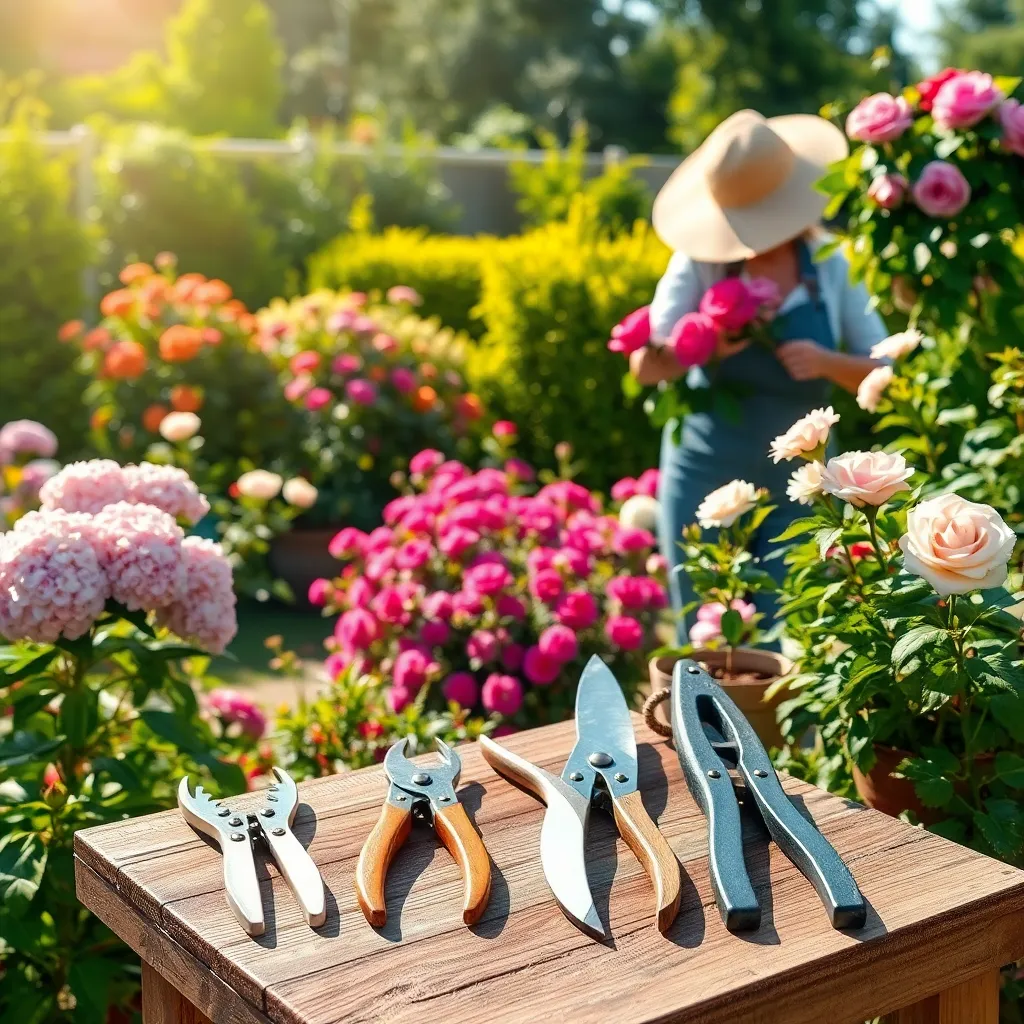
Pruning is essential for keeping your plants healthy and encouraging robust growth. To start, you’ll need basic tools like hand pruners, loppers, and pruning saws, each designed for specific tasks.
Hand pruners are perfect for trimming small branches and stems up to 1/2 inch thick. When using hand pruners, ensure they are sharp to make clean cuts that heal quickly, minimizing damage to the plant.
Loppers, with their longer handles, are ideal for reaching higher branches and cutting through thicker stems. Choose loppers with a bypass blade for precise cuts, especially if you’re working with live branches.
For even larger branches, a pruning saw can be invaluable. Pruning saws come in various sizes, and a folding saw is particularly handy for its portability and ease of use.
When selecting pruning tools, consider the material and ergonomic design to reduce hand fatigue. Regularly clean and oil your tools to keep them in top condition, ensuring they last for many gardening seasons.
Always prune at the right time of year; for most plants, late winter or early spring is ideal. Understanding the growth patterns of your specific plants will help you determine the best time to prune and encourage the healthiest growth possible.
Watering Tools for New Gardeners
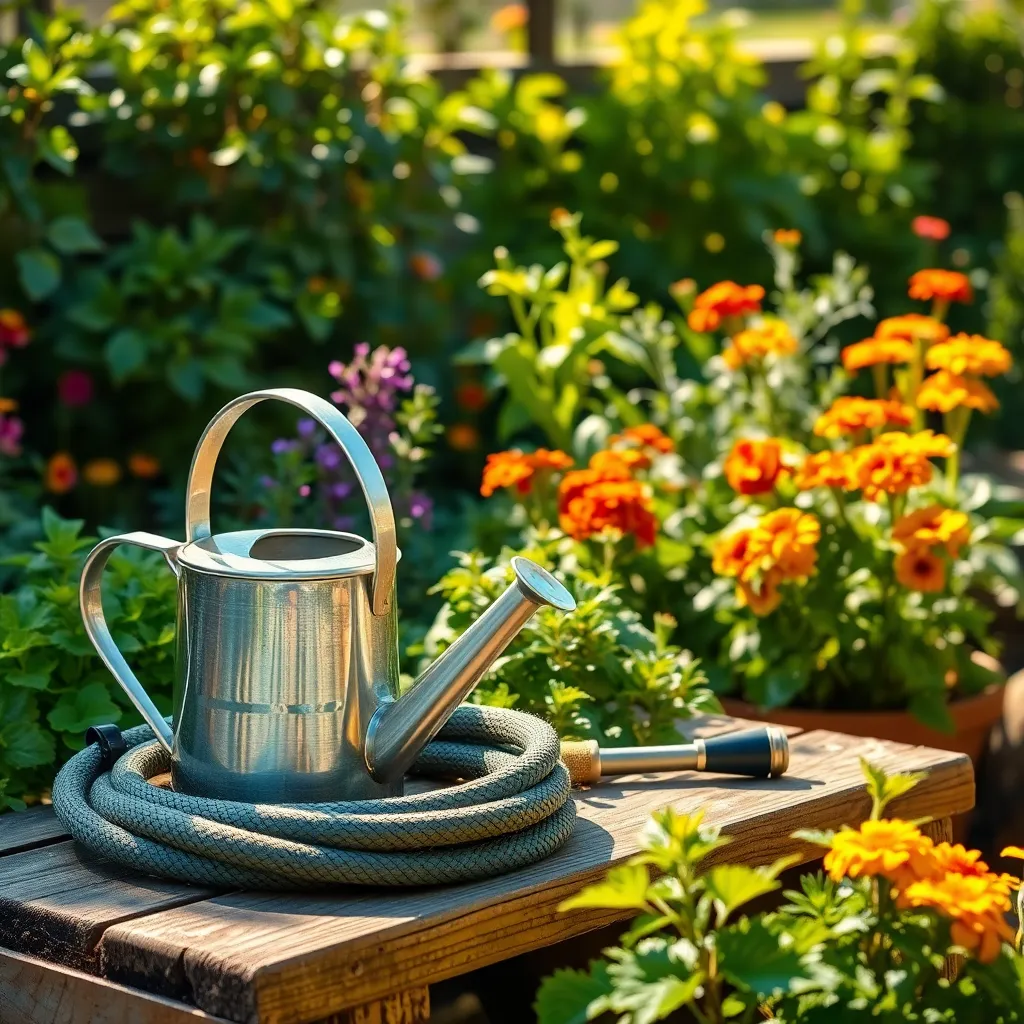
Watering is a fundamental aspect of gardening, and having the right tools can make the task more efficient and enjoyable. As a beginner, you might start with a simple watering can, which is perfect for small gardens or potted plants. Look for a can with a detachable rose nozzle to control the water flow and prevent soil disruption.
For those with larger areas to cover, a garden hose is indispensable. Choose one with durable, kink-resistant material and a spray nozzle that offers multiple settings, allowing you to adjust the water pressure to suit different plant needs. Remember to store your hose properly to prevent damage and prolong its life.
If you’re looking for a more advanced solution, consider investing in a soaker hose or a drip irrigation system. These tools are particularly useful for conserving water while ensuring that moisture reaches the root zone efficiently. Set them up in garden beds or around trees to maintain consistent soil moisture without overwatering.
It’s also important to understand the watering needs of your specific plants. Most plants prefer deep, infrequent watering to encourage healthy root growth. Check the soil moisture regularly by sticking your finger into the soil up to the first knuckle to see if the soil feels dry. Adjust your watering schedule based on weather conditions and seasonal changes to keep your garden thriving year-round.
Selecting Basic Soil Preparation Tools
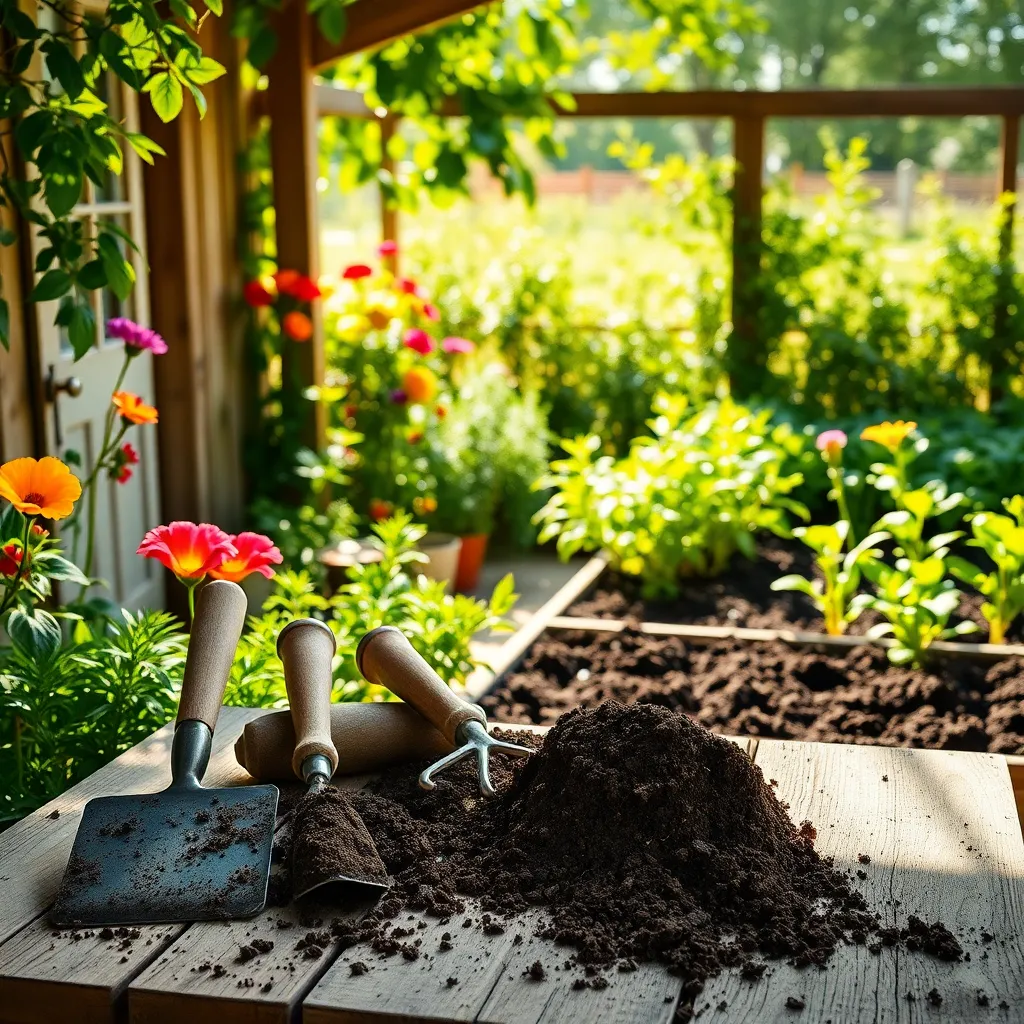
Preparing your soil is a crucial first step in gardening, and having the right tools makes this task much easier. A good-quality garden fork is indispensable for turning and aerating the soil, which helps improve drainage and allows roots to penetrate more easily.
An essential tool for any gardener is a spade, which is perfect for digging holes for planting and edging your garden beds. Opt for a spade with a comfortable handle and a sturdy blade, as these features will make it easier to work with different soil types, from sandy to clay-heavy.
For loosening soil and removing weeds, a hoe is invaluable, particularly in larger garden areas. Choose a hoe with a sharp blade to make cutting through the soil and chopping off weeds more efficient, saving both time and effort.
Beginners will also benefit from using a hand trowel for planting small plants and bulbs. Look for a trowel with a comfortable grip and a strong, rust-resistant blade to ensure it lasts through many seasons of gardening.
Conclusion: Growing Success with These Plants
In nurturing your budding gardening skills, we’ve explored five key tools to cultivate not just your outdoor space, but also your relationship with nature: a sturdy trowel for planting seeds of connection, quality pruning shears to trim away negativity, a reliable garden hose to ensure consistent communication, a versatile rake to gather shared memories, and protective gloves to handle delicate situations with care. Each tool symbolizes an essential skill in maintaining a healthy, thriving relationship, reminding us that just as gardens require patience and attention, so do our connections with others.
Now, take a moment to reflect on which tool—or relationship skill—you might need to focus on today. Whether it’s communicating more openly or nurturing patience, choose one action to strengthen your personal bonds. Bookmark this guide to revisit these insights and track your progress.
Remember, relationships, like gardens, flourish with dedication and love. By equipping yourself with these tools, you’re not just preparing for a successful gardening season; you’re investing in a lifetime of enriched relationships. Save this article as your go-to resource, and embark on this journey towards more meaningful connections. Your commitment today is the seed for tomorrow’s successes.

